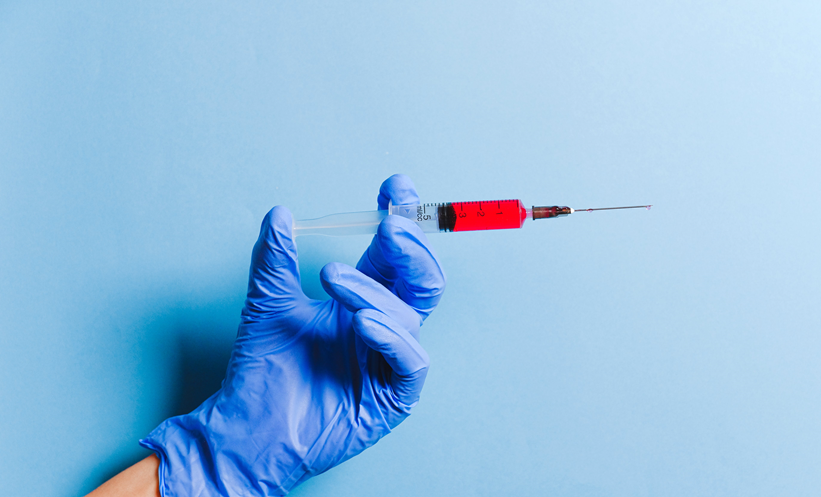NOVEL techniques to test platelet function may be faster, easier, and more accurate than current methods, according to new research. Khalid Saita, Emory University, Atlanta, Georgia, USA, and team, found that this new experimental technique requires only a drop of blood, reporting: “This new technique offers an easier, faster, and cheaper way to measure platelet function, while also providing us with key information that we didn’t have before.”
The tension probes used by the team can detect cellular forces on the magnitude of just a few piconewtons, about a billion times lighter than a paper clip. Researchers were then able to amplify the signal of the probes by tapping the power of an enzyme known as CRISPR-associated 12a. The mechanical signal was then detected using a plate-reader, a tool routinely used in clinical testing today. The increased sensitivity of this Mechano-Cas12a Assisted Tension Sensor (MCATS) has the potential to make this a valuable tool for diagnosing rare congenital platelet disorders in infants.
In order to test the efficacy of MCATS, Saita and team drew blood samples from healthy donor volunteers, checking that the MCATS response was sensitive to the mechanical forces of platelets. Various antiplatelet drugs were then added to the blood samples, and the findings showed that the antiplatelet therapies reduced the mechanical activity of platelets by an amount similar to the reduction observed in aggregometry. The researchers additionally took blood samples from seven patients pre- and post-cardiopulmonary bypass surgery. The MCATS readings for the platelet activity of each patient’s sample correlated to their likelihood to need platelet transfusions to minimise bleeding after surgery.
The team concluded that MCATS provides an entirely new way to measure platelet function using a much smaller sample than other methods, and giving far more precise information than aggregometry. “It’s telling us something specific that we haven’t been able to measure before and that can give us a new way to understand what’s going on with platelet dysfunction and the best methods for controlling it,” they added.







